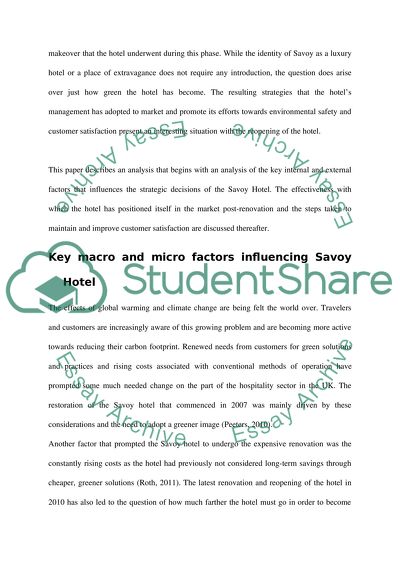Cite this document
(“Managing Products and Services Essay Example | Topics and Well Written Essays - 3000 words”, n.d.)
Retrieved from https://studentshare.org/environmental-studies/1408051-managing-products-and-services
Retrieved from https://studentshare.org/environmental-studies/1408051-managing-products-and-services
(Managing Products and Services Essay Example | Topics and Well Written Essays - 3000 Words)
https://studentshare.org/environmental-studies/1408051-managing-products-and-services.
https://studentshare.org/environmental-studies/1408051-managing-products-and-services.
“Managing Products and Services Essay Example | Topics and Well Written Essays - 3000 Words”, n.d. https://studentshare.org/environmental-studies/1408051-managing-products-and-services.


